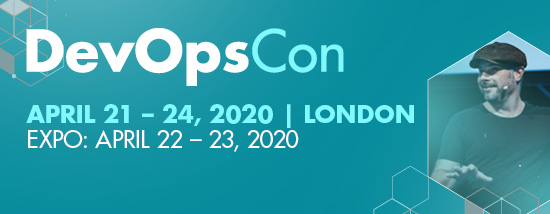The story starts with how Knative was born, with details explaining how it uses the Kubernetes primitives to provide a platform that can run serverless workloads. With many Serverless platforms based on Kubernetes, developers are left with questions about which one to choose and why. That’s exactly what the next part of the session discusses, with the help of demonstrations.
The Snow White tale is never complete without the dwarfs, but in this story, Principal Software Engineer at Red Hat Kamesh Sampth have only three dwarfs – Build, Serving, and Eventing; the building blocks of Knative – the last part of the story is packed with demonstrations to show how our dwarfs help Snow White to handle the Serverless workloads in an efficient and optimal way.
 Kamesh Sampath is a Principal Software Engineer at Red Hat. As part of his additional role as Director of Developer Experience at Red Hat, he actively educates on Kubernetes/OpenShift, Service Mesh, and serverless technologies. With a career spanning close to two decades, most of Kamesh’s career was with the services industry helping various enterprise customers build Java-based solutions. Kamesh has been a contributor to Open Source projects for more than a decade and he now actively contributes to projects like Knative, Quarkus, Eclipse Che, etc. As part of his developer philosophy, he strongly believes in: “Learn more, do more and share more!”
Kamesh Sampath is a Principal Software Engineer at Red Hat. As part of his additional role as Director of Developer Experience at Red Hat, he actively educates on Kubernetes/OpenShift, Service Mesh, and serverless technologies. With a career spanning close to two decades, most of Kamesh’s career was with the services industry helping various enterprise customers build Java-based solutions. Kamesh has been a contributor to Open Source projects for more than a decade and he now actively contributes to projects like Knative, Quarkus, Eclipse Che, etc. As part of his developer philosophy, he strongly believes in: “Learn more, do more and share more!”
The post Knative and the three Dwarfs – an Introduction to Serverless with Knative appeared first on JAXenter.
Source : JAXenter




















